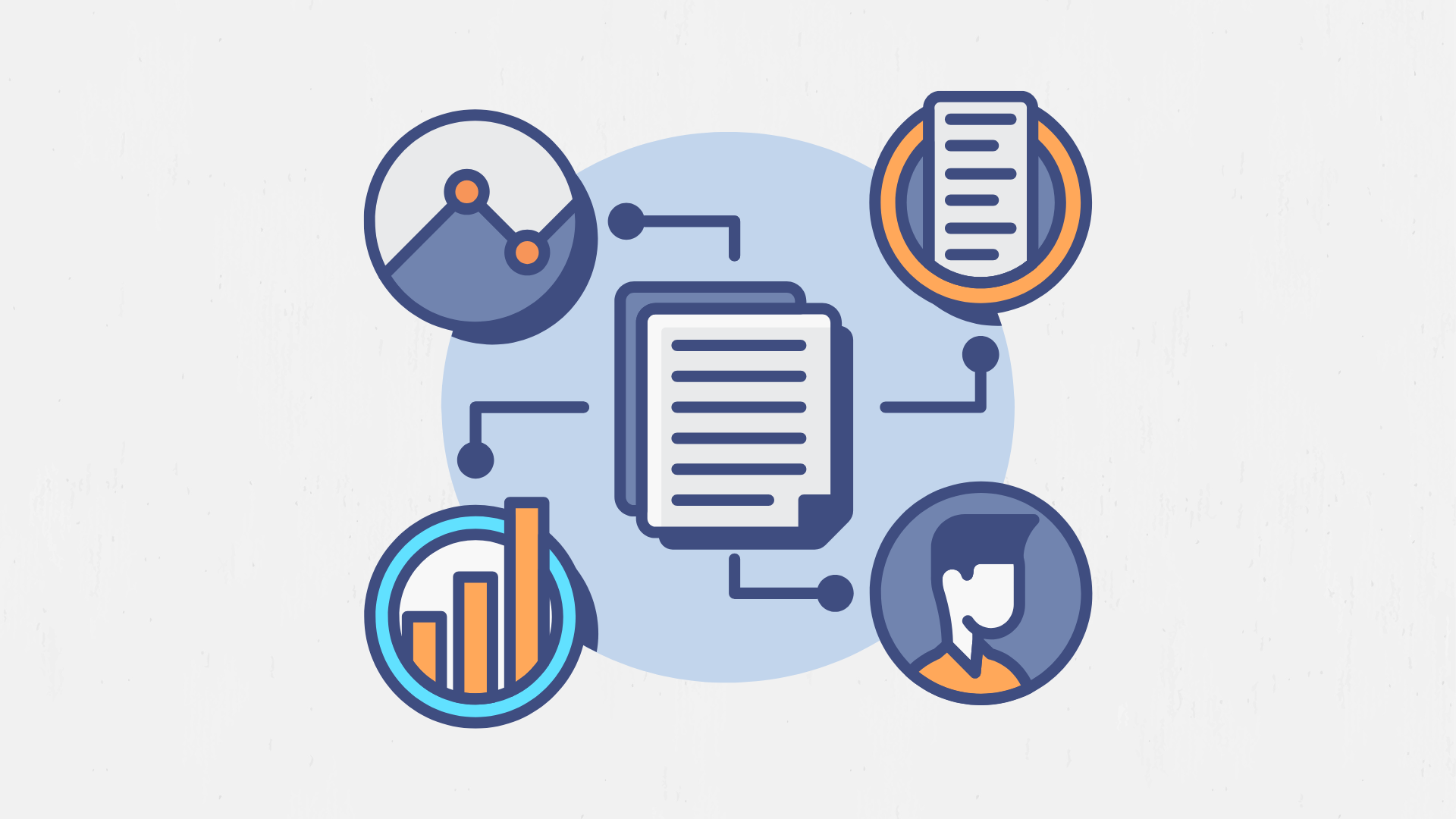Whether you’re still kicking the tires on Agentforce or already signed on the dotted line and waiting to put it to work, here’s something worth pausing for: where you start matters just as much as how you start. Are you implementing AI just to keep up with the buzz, or do you actually have solid use cases in mind which helped you make the decision to move forward? Agentforce is an example of a powerful AI tool, but without the right starting point and a clear approach, even the best AI tool in the market can turn out to be the most chaotic for your organization. (And yeah—we can help you avoid that. Just saying.)
Everyone’s excited about AI right now. That’s fair…it’s exciting! But too many teams want to rush into purchase and implementation to keep up without slowing down to ask the more strategic question: what’s the right use case to start with, and is our data, workflows, and processes even ready for it?
If you’ve ever seen an AI assistant confidently give the wrong answer, you already know—bad data doesn’t just confuse people, it erodes trust.
Don’t Try Running Before You Can Crawl
Start Simple. Build Smart.
Let’s say you’re still in decision mode. You’re mapping out where Agentforce could have the biggest impact, whether it’s support, sales, customer success, maybe even internal operations.
Or maybe you’ve already made the call to move forward, and now you’re facing a blank slate with the team asking, “Okay, what should we have it do first?”
Here’s how we approach that at Lane Four: start small, with safe, low-risk use cases.
Think about things like:
- Helping customers locate existing knowledge base articles
- Answering common questions using public product specs
- Surfacing store hours, shipping timelines, or FAQ-style content
These are great starting points because they’re built on information that’s already public and (hopefully) already accurate. It lets you test the AI in a controlled way, build confidence, and fix any weird edge cases before there’s anything sensitive on the table.
Now here’s the part most teams overlook until it bites them: data governance. But when you’re implementing an AI assistant inside Salesforce, governance and deciding how to manage your company’s data isn’t optional. It’s the framework that makes the entire system usable and safe.
You need to know:
- What exactly the AI can see
- What types of data are off-limits (think PII, financials, private notes)
- Who controls access, and who reviews what it’s saying
- How to set thresholds for when a human should review the response
You’d be shocked how often a misconfigured field permission leads to AI responses that pull the wrong customer history—or worse, someone else’s.
What About Those Bigger, More Valuable Use Cases?
Once you’ve got a couple of safe wins under your belt and see ROI from your initial implementations, that’s when you can start thinking bigger.
We’ve said this before, but in case you missed it, we usually map out use cases in ascending order of risk:
- Start with public data/knowledge articles → easy wins, low stakes
- Then move to region-specific or semi-structured data/knowledge articles → more topic-specific and available to larger group of verified users
- Then non-sensitive user data → past orders, case history
- Finally, secure use cases → authenticated experiences, promo logic, upsell paths, even payment flows
At each level, with the risk increasing, the value can also go up, but only if you have won the slow and steady race every step of the way. What we mean with this is if you haven’t mindfully built the right guardrails and rush into implementation without a clear approach, that overall value starts to come with baggage your team didn’t sign up for.
When you’re ready to move into higher-risk use cases, it’s also more than okay to keep them monitored by a human team member/agent for a while. In fact, we recommend it until the AI proves it can handle things consistently and your team feels that they can trust it to run solo. Agentforce doesn’t need to be 100% autonomous from the jump. A human-in-the-loop model works great for approval workflows, refund logic, or anything revenue-impacting. Sometimes, even just a quick review before the AI sends a message is all you need to sleep better at night.
A Friendly Reminder on Salesforce Org Hygiene
You know how someone repurposed a field five years ago and no one documented it? Or how one object has 47 picklist values, but only five are still in use?
Yeah. That’s the stuff AI loves to trip over.
Agentforce works with what it’s given, so now’s the time to get your house in order. Categorize those knowledge articles. Run that field audit. Clean up old record types. Review permission sets. It’s like prepping your kitchen before bringing in a professional chef; doesn’t matter how good they are if the pantry’s chaos and they don’t know where to find the ingredients.
So, Where Should You Start?
If you’re evaluating use cases, keep one eye on value and the other on risk. Think: “What’s helpful and safe enough to test first?”
If you’ve already bought in, but don’t want to stumble out of the gate, focus on something that lets you learn fast without wrecking anything. Either way, build your roadmap around data quality, governance, and management from day one. This will allow things to scale smoothly, once your foundation’s solid.
And if you’re curious how other Salesforce teams are doing it, or just want a reality check on what not to do when implementing Agentforce, check out our other blogs or reach out to us. We’d love to chat!
